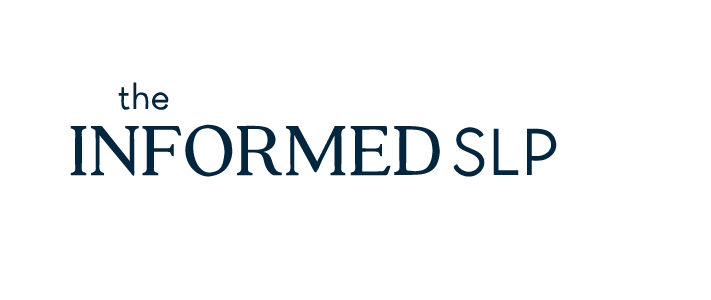What is SLP "productivity" and how is it measured?
For Med SLPs in particular, productivity will become something that drives how you spend your work hours.
Productivity is a measure of how much time you spend billing patients over the course of your workday. It’s a way for your employer to ensure that you are working as efficiently as possible because, at the end of the day, they are running a business. The best jobs seem to allow for a good balance of staying busy while allowing you the time to provide ethical and quality care.
We informally interviewed some SLPs working with adults across different medical settings. Every single one of them reported working really hard. This wasn’t surprising to us. What was surprising was that some interviewees were meeting their productivity requirement consistently, some did a lot of the time, and some were not even close. This demonstrates how productivity standards can vary widely across jobs and settings. It can be hard to figure out exactly what your prospective job’s productivity requirement really means in practice. This can have a significant impact on what that job will be like.
There are different ways employers measure your productivity. Some examples:
- A percentage (= time spent billing patients ÷ the total time in your work day)
- If your productivity is 80% and you work an 8 hour day, you must spend 6 hours and 24 minutes billing patients
- A certain number of patients you are expected to see per day
- In an 8 hour shift, you must bill 8 patients.
- Number of “units” you must bill with instrumentals, evals, and treats weighed differently based on how much time they take
- In a 10 hour shift, you must bill at least 16.5 units. Speech/language treatments are 1.5 units, dysphagia treatments are 1.2 units, any evaluation is 2 units, and instrumentals are 2.5 units. You can do any combination of these during your day.
From our discussions, we came up with some red flags (🚩) and green flags (✅) for you to consider when applying for your next job:
✅ The employer has a productivity requirement of somewhere between 60-80%. This range seems to be the sweet spot providing ethical and quality care, sustaining this ability long term and maintaining job satisfaction. Of course, we don’t have an exact number for this. But according to our interviews, higher than this is challenging, especially for newer clinicians. Lower than this may be too good to be true.
🚩 The employer does not recognize that new employees, especially new grads, will need more time at the beginning. You shouldn’t be expected to meet your full productivity goal while also navigating a new building, a documentation system, and remembering where the bathroom is. Ask how soon after your start date will you be expected to be billing at full capacity.
✅ The employer understands that some things take longer than others. An instrumental study is going to take longer than an aphasia treatment. A “quick” treatment session might turn into a long family meeting. Ideally, this would be reflected in your productivity calculation. Ask if different types of encounters are weighted differently than others.
🚩 The employer does not have any support in place for helping you meet your productivity goal. Meeting with you to discuss your low productivity without proposing solutions isn’t going to help you be more efficient. Strategically organizing your schedule by location, providing you with a laptop or iPad for point of service documentation, and having the supplies you’ll need accessible and available might save you time, but you’ll likely need support from above to assist you. Ask what strategies they suggest for maximizing your billing time.
✅ The employer recognizes that there are parts of the job that cannot be billed but are essential. These include: coordinating with different departments (like palliative care, radiology, GI, registered dietitians), updating the team, making sure orders are accurate, doing in-services, going to rounds, gathering supplies, prepping for sessions, and even walking from place to place. It’s reasonable to need time to do these things and not have it count against you. Ask if there is a way to report “non-productive” time so you can clearly demonstrate how hard you are working.
🚩 The employer has the same productivity requirement for SLP as it does for physical and occupational therapy. You are probably not going to be able to see as many patients as a PT or OT in a day based on the nature of our job. Many of our codes are procedural rather than timed which means a swallow evaluation can take 15 minutes or 45 minutes. We also perform endoscopic and radiologic evaluations which take additional time to complete, analyze, and write up. This can make a big difference over the course of your day in a positive or negative way. Ask how SLP productivity requirements differ from other disciplines.
We want to hear from you. Anything you would add to the productivity discussion or any advice you would share with a job seeker based on your experience in the field?
Written by Grace Fay, MS, CCC-SLP in collaboration with the team at The Informed SLP.
